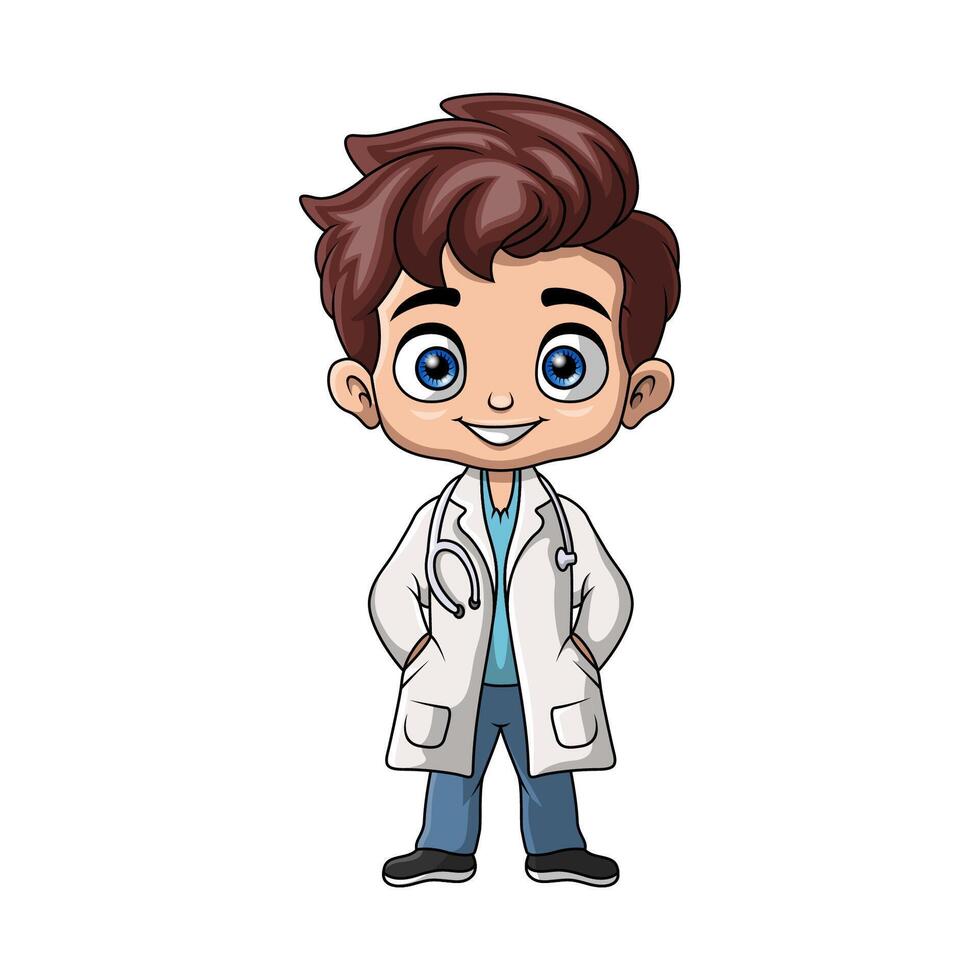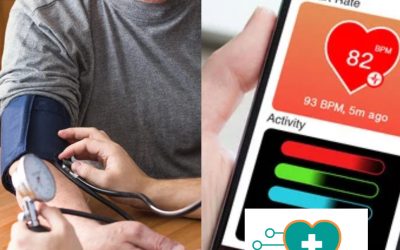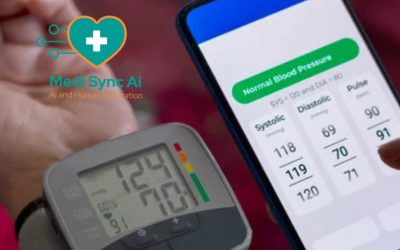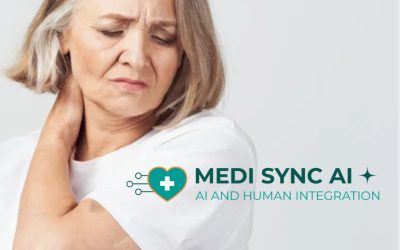Introduction
The healthcare industry is constantly evolving, with technology playing an increasingly pivotal role in patient care and practice management. Two standout programs, Remote Patient Monitoring (RPM) and Chronic Care Management (CCM), have become game-changers in improving patient outcomes while streamlining workflows for healthcare providers.
Both programs aim to enhance care for patients with chronic conditions, but they do so in distinctly different ways. Understanding these differences is crucial for healthcare practices striving to provide superior patient care while optimizing operational efficiency. In this blog post, we’ll explore the nuances of RPM and CCM, highlighting their unique benefits, applications, and how choosing the right approach can transform your practice.
Understanding RPM and CCM
What is Remote Patient Monitoring (RPM)?
Remote Patient Monitoring (RPM) refers to the use of digital technologies to collect medical data from patients outside traditional clinical settings. These devices can track metrics such as blood pressure, glucose levels, weight, and oxygen saturation. Healthcare providers can then review this data in real time or at regular intervals, allowing for proactive interventions.
RPM is ideal for patients with chronic conditions like hypertension, diabetes, or heart disease, as it provides continuous insights into their health status. This model is also instrumental in reducing hospital readmissions and enabling a more patient-centered approach.
What is Chronic Care Management (CCM)?
Chronic Care Management (CCM) is a Medicare program designed to support patients with two or more chronic conditions, such as arthritis, asthma, or heart failure. Unlike RPM, CCM focuses on care coordination and management through non-face-to-face interactions, such as phone calls or digital communication.
CCM services often include creating comprehensive care plans, medication management, and regular check-ins to monitor progress. This holistic approach ensures that patients receive the guidance they need to manage their conditions effectively over time.
Key Differences Between RPM and CCM
Scope of Services
RPM focuses on collecting and analyzing health data in real time, enabling timely medical interventions.
CCM emphasizes care coordination and education, helping patients manage multiple chronic conditions through structured plans and follow-ups.
Patient Engagement
RPM requires patients to actively use monitoring devices and may include training on device usage.
CCM centers around communication and relationship-building through regular phone calls or virtual interactions.
Technology Dependence
RPM relies heavily on digital devices and software platforms for data collection and analysis.
CCM is less technology-intensive and focuses more on human interaction and coordination.
Target Outcomes
RPM aims to prevent acute events and optimize chronic disease management through data-driven insights.
CCM seeks to enhance overall care quality by improving patient compliance and communication.
Benefits of RPM and CCM
Benefits of RPM
Real-Time Insights: Continuous monitoring helps detect issues before they escalate.
Improved Patient Outcomes: Timely interventions reduce hospital admissions and emergency room visits.
Enhanced Efficiency: Automating data collection saves time for both patients and providers.
Benefits of CCM
Holistic Care: Focuses on the patient’s overall health and long-term condition management.
Stronger Patient Relationships: Regular communication fosters trust and compliance.
Comprehensive Support: Care plans address medical, social, and behavioral needs.
Shared Benefits
Both programs can improve patient satisfaction and loyalty by delivering personalized, proactive care.
Practices offering RPM and CCM may also experience increased revenue through Medicare reimbursements.
Choosing the Right Approach for Your Practice
Selecting between RPM and CCM depends on your practice’s goals, patient demographics, and resources.
Assess Patient Needs:
If your patients require frequent health monitoring (e.g., diabetics), RPM may be more suitable.
If patients need care coordination and guidance (e.g., managing multiple chronic conditions), CCM is a better fit.
Consider Your Resources:
Implementing RPM requires investment in devices and software, as well as training for staff and patients.
CCM relies more on staff time and organizational tools than on technology.
Evaluate Medicare Reimbursement Opportunities:
Practices can benefit from offering both RPM and CCM services, maximizing reimbursements while diversifying care options.
Integrate for Better Outcomes:
Combining RPM and CCM can provide a comprehensive care approach, offering the best of real-time monitoring and personalized support.
How Medi Sync AI Can Help
Medi Sync AI specializes in streamlining RPM and CCM workflows to help practices deliver high-quality care efficiently. Our platform offers:
Integrated Technology: Easily implement RPM and CCM programs with cutting-edge tools for monitoring, care coordination, and documentation.
Automation: Save time with automated billing, data collection, and patient communication.
Compliance Support: Ensure adherence to HIPAA and Medicare regulations.
Customizable Solutions: Tailor our services to meet the specific needs of your practice and patient population.
Partnering with Medi Sync AI empowers your team to focus on what matters most—providing exceptional care.
Conclusion
RPM and CCM are powerful tools for modern healthcare practices, each offering unique advantages. By understanding their differences and leveraging their strengths, you can enhance patient outcomes, streamline operations, and grow your practice.
Take the first step toward transforming your care delivery by integrating RPM and CCM with Medi Sync AI. Contact us today to learn more about how we can support your practice’s success.





